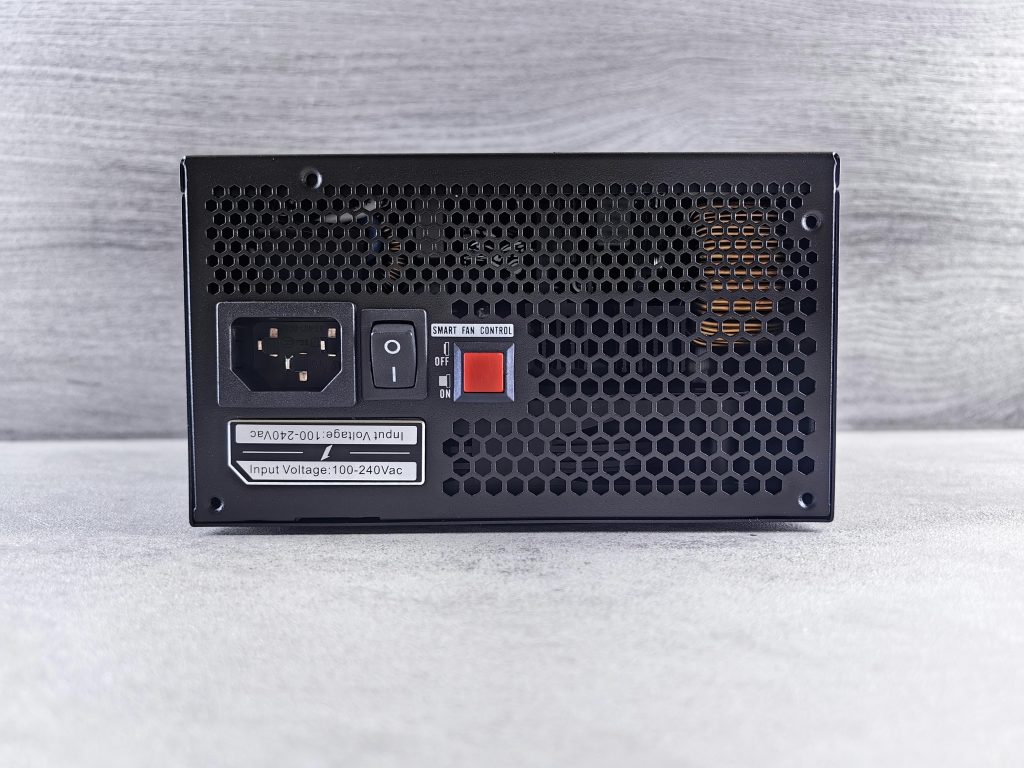The Dangers of Neglecting Server Maintenance: A Cautionary Tale
Today, we experienced a significant incident involving a customer’s server that ultimately failed, resulting in the loss of critical data. Despite our continual warnings over the past three years regarding potential server issues, the unfortunate reality unfolded when both hard drives succumbed to age after several years of rough operation.
The server’s indicator lights were so dim that they appeared to be malfunctioning, and the hard drive error light confirmed our fears. In our attempt to reconstruct the RAID 10 array, we faced the grim reality that the remaining drive was compromised beyond recovery.
The last backup taken was merely two days ago, and while we are diligently working to salvage the most vital files, it seems likely that the backup itself may be corrupted. Compounding the challenge, the server was operating on Windows Server 2008. This means we are now tasked with setting up a new Active Directory and migrating all user accounts—a process that will understandably incur significant labor costs for our customer.
Looking back, one can’t help but question whether it was wise for the customer to rely on a server that exceeded the standard lifespan by threefold, ultimately resulting in substantial downtime as we await delivery of a new unit to replace it.
The takeaway here is clear: investing in robust maintenance for your organization’s primary server is essential. Neglecting regular updates and upgrades can have devastating consequences, not just in terms of lost time but also financial repercussions.
On a lighter note, I must mention that this server was the dirtiest I’ve encountered in my career. It raised the question: was smoking in the server room a common practice?
In conclusion, let this serve as a reminder to all business owners: prioritizing server health and planning for future upgrades can save you from heartache and significant financial strain in the long run.
Share this content:


